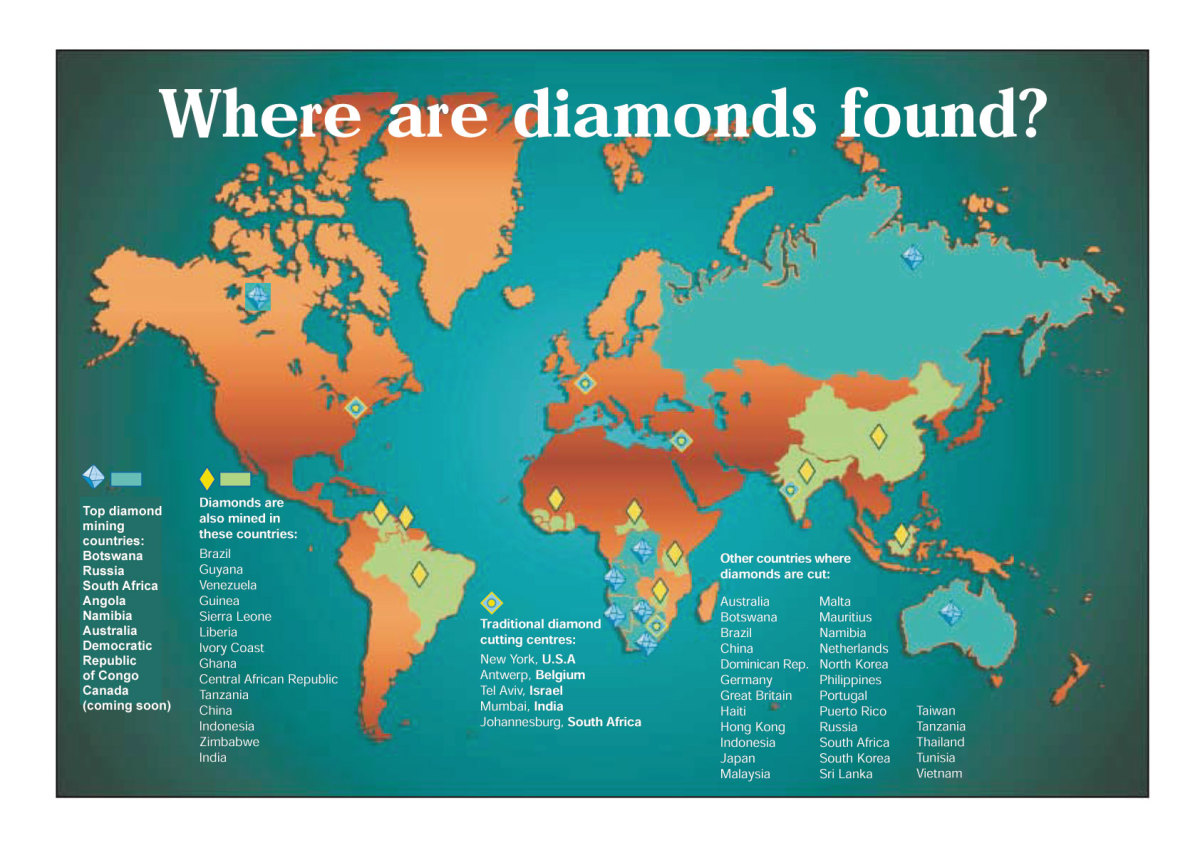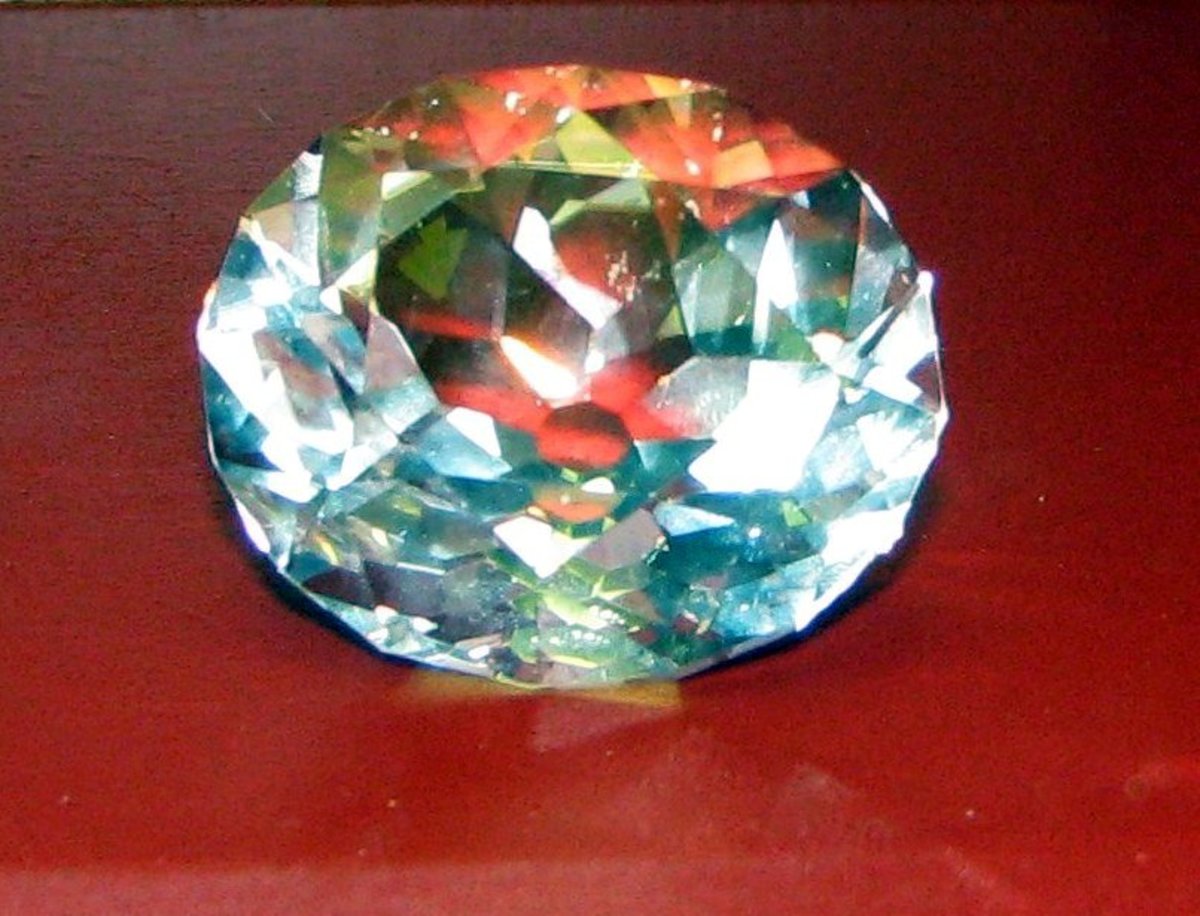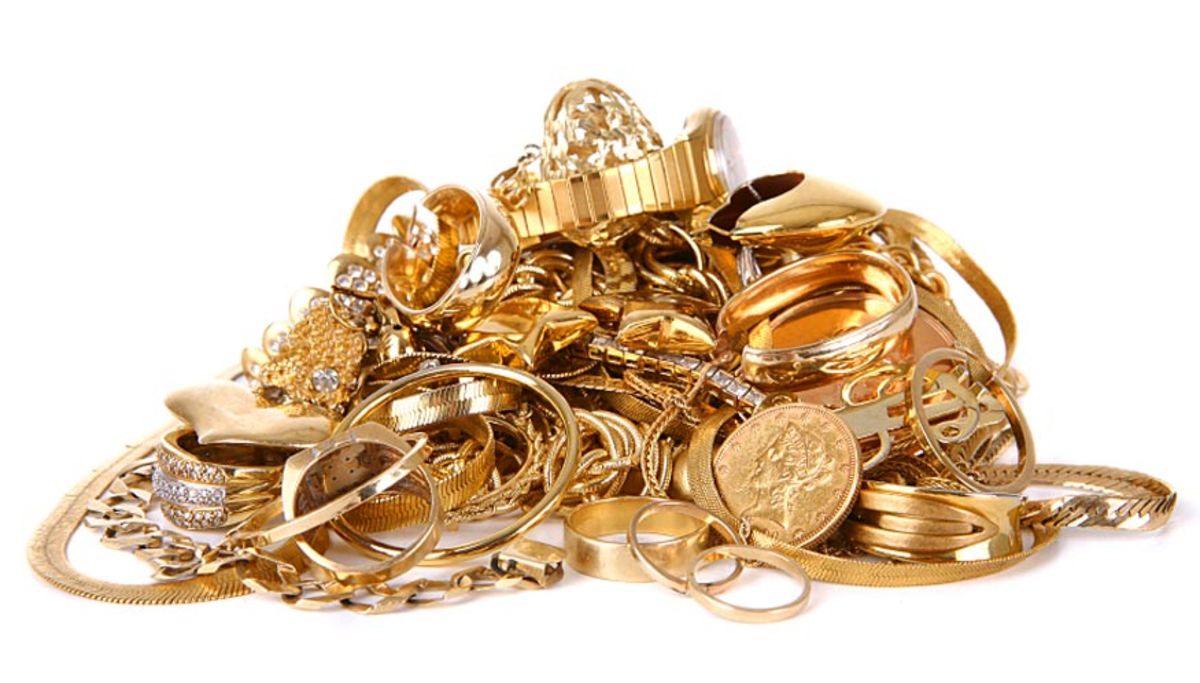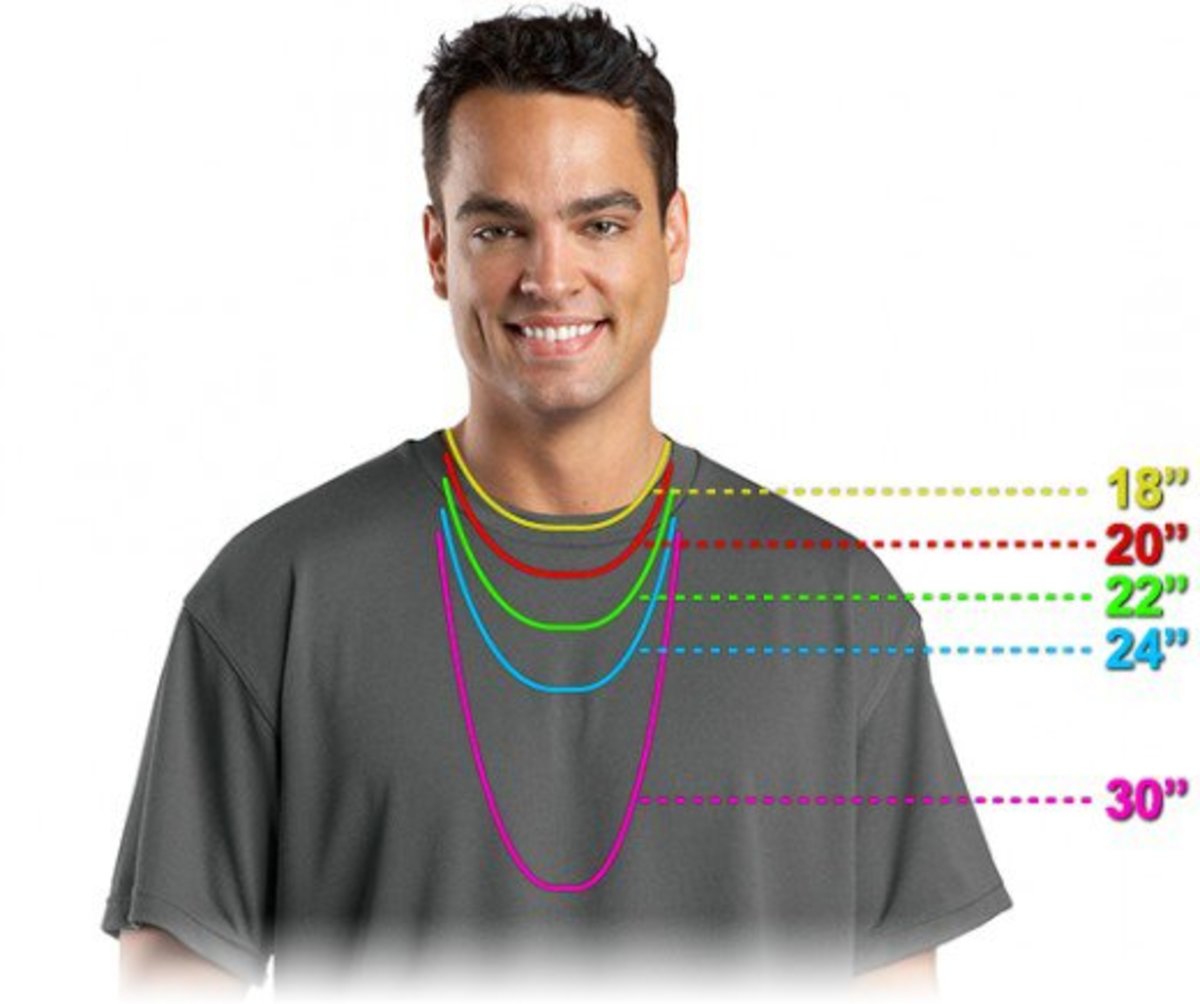Understanding Diamond Grades
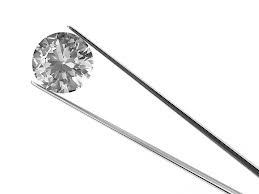
Just about everyone is familiar with the 4 C’s of buying diamonds; cut, clarity, color, and carat weight, but what does it all mean?
What follows is a simple and easy explanation to what all the diamond industry jargon means and how it can help you buy the best diamond for your money.
Cut
The “cut” of the diamond can refer to two very different things. It could mean the physical shape of the diamond, referring to shape in which the outline of the diamond was cut. For example; a diamond can be cut into several shapes such as, heart shaped, Marquis cut, emerald cut, pear shape, princess cut, or the most commonly known cut, the brilliant, which is the round shape.
The second thing “cut” could mean when referring to a diamond is the degree of:
- Symmetry: how well the facets (flat surfaces) are aligned against each other allowing for the maximum reflection of light.
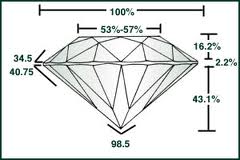
- Proportions: the overall proportions of the diamond affect how much light is retained and bounced from facet to facet to create that mesmerizing sparkle. If the diamond is too tall, light escapes from the side of the pavilion (bottom angle of the diamond). If the diamond is too shallow light escapes from the bottom of the pavilion. The more light escapes or leaks out of the diamond the less brilliant and sparkly the diamond looks.
- Polish: the polish of the diamond affects the ability to reflect light from one facet to another. Imagine you are trying to reflect light from one foggy, scratched mirror to another foggy scratched mirror to a third mirror. You can clearly understand that you would be able to reflect double the amount of light if the mirrors were not fogged or scratched. That is the polish. When a diamond is well polished the reflected light is sharp and fiery.
A well cut diamond, a diamond which has excellent symmetry, great proportions and perfect polish will sparkle like a star. A poorly cut diamond will appear dark, dull and lifeless.
Cut is sub divided into 4 self-explanatory categories: Excellent, Very Good, Good, Fair and Poor. The cut of the diamond will be listed in the diamond Certificate. Make sure you check the cut grade on the diamond certificate before you purchase a diamond.
Carat Weight
While Karat (with a K) refers to the gold content and quality of gold, the work carat (with a C) refers only to the physical weight of a diamond.
A one carat is divided into 100 points, so points are like pennies to a dollar. One hundred points equal one carat. Fifty points (0.50ct ) equal half a carat. Twenty five points (0.25ct) equal a quarter of a carat, and so on. The carat weight gives you an indication as to the size of the diamond if the diamond is well cut. A poorly cut diamond which has all the weigh at the top of the diamond and a short pavilion will appear significantly larger than a well-proportioned diamond. The well -proportioned diamond will be significantly more brilliant that the top heavy diamond, which will appear lifeless.
Color
There are some diamonds which have their body saturated with vibrant color such as blue, pink, green, yellow and even red. These are called fancy colors and are graded under a different scale than the typical diamond. When we speak of color in the typical diamond what is most rare and therefore most priced is the lack of color.
What does the color scale mean to you?
The Diamond color scale was designed to help consumers compare the color of one diamond with another as to rarity, and therefore value. The scale starts with the letter D and progresses to the letter Z. The decrease in letter signifies a color change. A diamond graded as a G color has less body color than a diamond graded as an I color. Diamonds graded beyond M or N are milky yellow and are rarely sold as jewelry.
· DEF--These three letters are considered to be the colorless grades. It means that to an expert eye there is no detectable body color in these diamonds and therefore are the most rare and most valuable. The only difference between a D and an E color diamond is the transparency of the diamond itself, not the color because neither have color. They are colorless.
· GHI--These diamonds are referred to as near-colorless. An expert eye can detect slight hint of body color, but to a regular person these diamonds will appear colorless. These diamonds offer the best value for your money (particularly the G and H color) because they appear colorless but they are not as rare and therefore are far less expensive than the true colorless.
· JKL--These diamonds have a discernible body color (usually yellowish or brownish). They are much more common and a great deal less expensive than the colorless or near colorless.
· MNO--Very few of these color graded diamond make it into the jewelry market for consumer sales. The body color is very pronounced but not vibrant enough to qualify as fancy. Most people find these colors undesirable.
Clarity
Clarity is the most maligned and misunderstood of all the diamond grades. The truth is that clarity is just as easy to understand as any other diamond grade. The clarity scale begins with an F signifying flawless and progresses to the graded I3 which is classified as heavily included. It is important to remember that the inclusions we are dealing with are literally microscopic, that is why 10x magnification is required to view them.
- F--Flawless. No inclusions (imperfections) can be detected by an expert viewing the diamond through a 10x eye loupe.
- IF--Internally Flawless--The interior of the diamond is flawless under 10x magnification but some surface blemish maybe present..
- VVS1--VVS2--Very Very Slightly Included--inclusions are very difficult to detect under 10x magnification. Usually the location of the inclusion differentiates between VVS1 and VVS2
- VS1--VS2--Very Slightly Included--inclusions are difficult to detect under 10x magnification
- SI1--Slightly Included--Inclusions are very difficult to see with the naked eye.
- SI2--Slightly Included--inclusions are difficult to see to the naked eye
- I1--Included. Inclusions are somewhat visible to the naked eye
- I2--Included. Inclusions are easy to see to the naked eye
- I3---Included. Inclusions are obvious to the naked eye.
Most men and women as well, can categorize cars, as to quality and value. An easy way to classify the diamond grades is to compare them to cars. Although a simplistic way of looking at a complex grading system, it is very effective to understanding how a diamond of a given grade is valued.
The cut and carat weigh of the diamond is not listed along with the color and clarity below because all the Super Elite diamonds will always have an excellent cut , and carat weight would not change the classification. When it comes to Elite and Main Stream Luxury most diamonds will range between Excellent and Good cut. Neither would change the classification of the diamond. Seldom does a diamond with fair or poor cut makes it to jewelry show cases.
SUPPER ELITE
| ELITE
| MAINSTREAM LUXURY
|
|---|---|---|
MAYBACK
| FERRARI
| JAGUAR
|
Clarity FL Color DEF
| Clarity VVS1/VVS2 Color DEF
| Clarity SI1/SI2 Color DEF
|
ROLLSROY
| MERCEDES BENZ
| INFINITI
|
Clarity FL Color GHI
| Clarity VS1/VS2 Color DEF
| Clarity SI1/SI2 Color GHI
|
Aston Martin
| LEXUS
| CADILLAC
|
Clarity IF Color GHI
| Clarity VS1/VS2 Color GHI
| Clarity I1/I2 Color DEF
|
Grade Comparison Table
Understanding how diamond grades work is only half of the battle. Being able to recognize grades is the true test, and the only way to achieve that, is to view, study and observe diamonds in person as much as possible. Diamond grading is a skill that can only be conquered by getting the eye used to the nuances of diamonds.
I encourage you to view diamonds every time you get a chance. Visit your local jewelry store and ask for a diamond demonstration, they will be more than glad to answer all your questions and point out the differences between grades.




